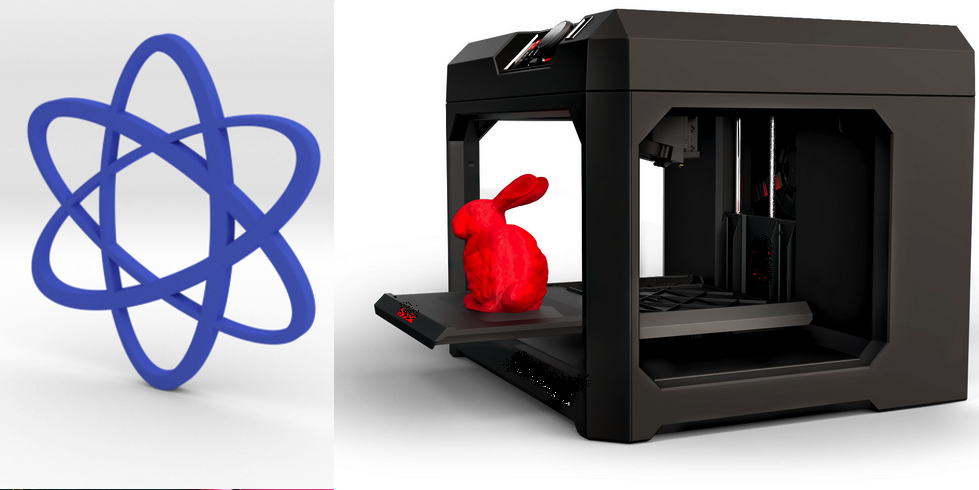“I am not afraid to consider the final question as to whether, ultimately – in the great future – we can arrange the atoms the way we want; the very atoms, all the way down! What would happen if we could arrange the atoms one by one the way we want them.” — Richard Feynman, in a speech he gave at the annual meeting of the American Physical Society in December of 1959.
One organization, called the “Open Source Nano Replicator Initiative” looks to change this with a lofty goal of creating the world’s first nano-replicator – a goal which to some may seem more like science-fiction than a possible reality.
Now the “Open Source Nano Replicator Initiative” looks to actually try and bring a machine with these capabilities into existence, and in doing so, leave it entirely open source, allowing anyone to create their very own printer at their convenience. Of course, before this happens, they have to figure out exactly how a machine of this caliber would be engineered, designed and constructed. In trying to reach this goal, they have launched a very interesting Indiegogo campaign, to try and raise….. get this…. $500 million.
While the $500 million funding goal certainly seems to be out of the realm of possibility, the campaign is using Indiegogo’s ‘Flexible Funding” option which means that no matter how much funding is raised, the project will move forward.
“The goal of this project is to create world’s biggest lab to speedup research and build a replicator,” says the organization. “The goal of this campaign is to significantly speed up research on building the nano-replicator which basically is a 3D printer for atoms and will allow anyone to manufacture almost anything, for virtually nothing. If it is constructed, it will change the world forever.”
“Change the world”, might be a bit of an understatement. If successful, a nano-replicator would mean that any free man, woman, or child would have the ability to 3D print anything from a turkey sandwich to a human eye ball, using the smallest constituent unit of matter, the atom as the building blocks. With every solid, liquid, gas and plasma in the universe made up of atoms, virtually anything could be printed on a machine of this caliber. The only obstacle that remains in our way — albeit a huge one — is the technology that will allow this to move forward. Is it even possible to create a nano-replicator? Some would say it is not. However, the goal of this organization is to bring a 3D printer capable of these amazing things into existence by the year 2030.
Outlined in the crowdfunding campaign are a list of several changes that the existence of a nano-replicator would bring to the world. They include:
- The end of poverty
- The creation of abundance & utopia
- The end of crime through the removal of greed
- End of financial and resource driven wars
- The end of money as we know it
- The end of energy problems throughout the world
- The end of government as we know it
Of course the idea of a nano-replicator remains just that, an idea. This is the main reason why this organization feels as though an open source initiative like this one is necessary. Without any organization specifically working, day in and day out, to build a machine with these capabilities, the possibilities of seeing this technology come to fruition are pretty small.
“If the goal of $500mln is achieved, we will be able to hire thousands of full-time engineers and scientists working full-time on the development of this technology,” explains the organizers. “With tens, hundreds or even thousands of people on board + on-line community, we are sure that all that human brain power will help develop the nano-replicator a lot faster than without such initiative.”
We would all love to see 3D printing progress to this point, but whether or not that will ever be possible is not something I can answer. However, initiatives like this can only help the process.
What do you think? Will this organization raise any money? Will they be successful in bring this miraculous machine into existence within the next 15 to 20 years? Discuss in the Nano-replicator Forum thread on 3DPB.com.
